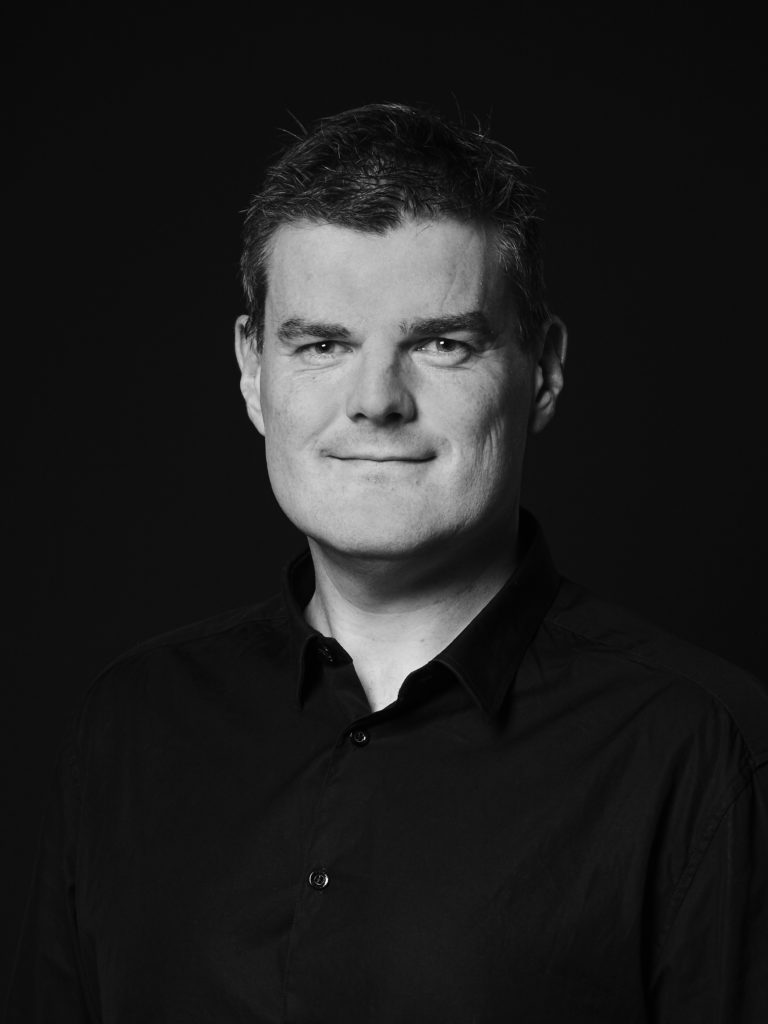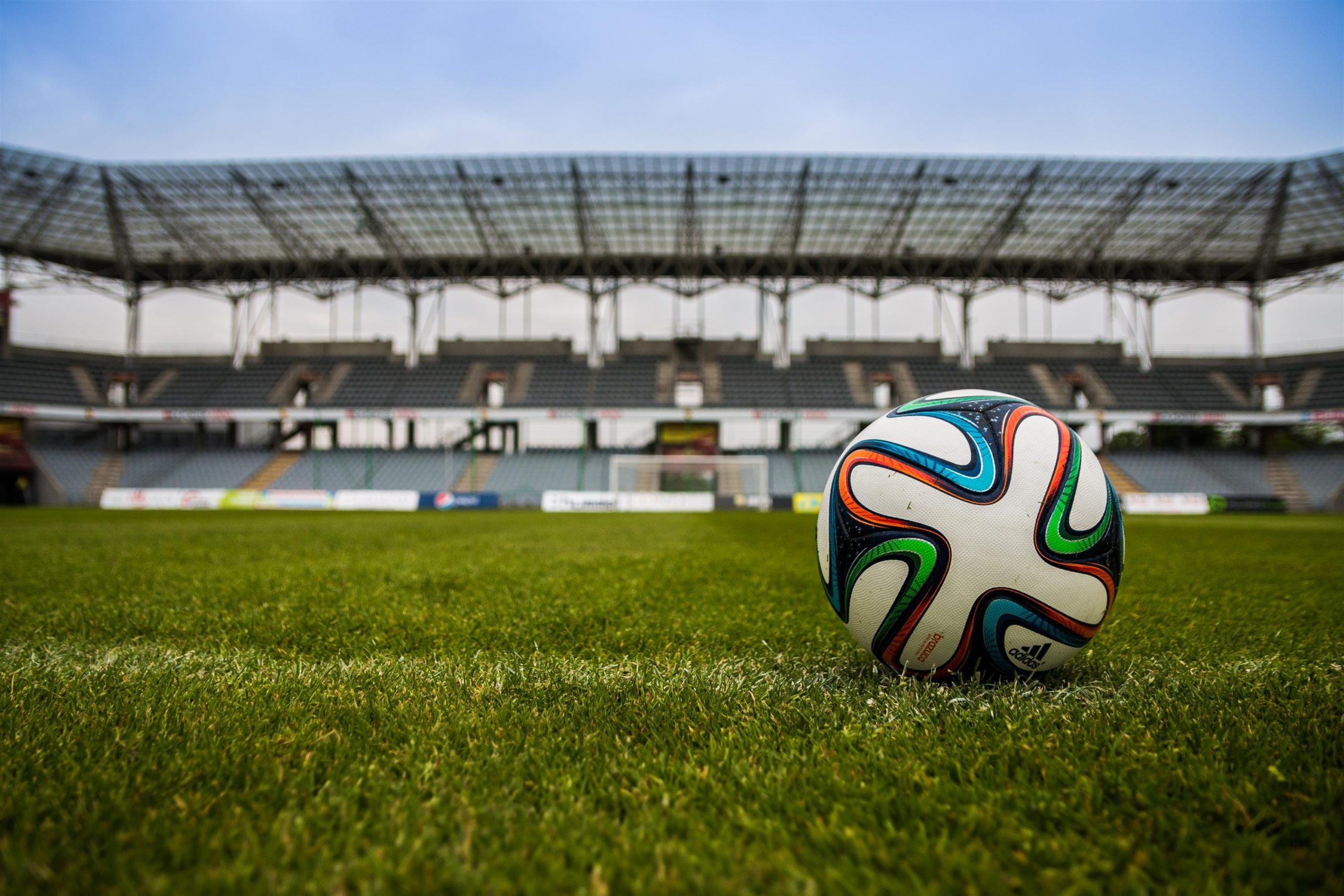The following text is an excerpt from the introduction of the book The Sounds of Spectators at Football. The excerpt indicates the general motivation for the book, namely a discrepancy between, on the one hand, a widely held belief that the sounds of spectators are important to the experience of football spectatorship and, on the other hand, a relative scarcity of scholarly explorations of that importance. Inspired by this condition, the book offers an introduction, synthetization and refinement of insights into the structure, distribution and significance of the sounds of spectators at football.
Generally, the importance of spectator sounds has been acknowledged in scholarly contributions. Predominantly, reference has been made to the sounds’ appearance in the stadium setting, and, for example, the following suggestions have been offered:
- ‘The scenes within the ground, the crowds and their banners, the singing and the chanting, played out against the backdrop of the stadium or its surrounding cityscape really are often the most spectacular parts of the event’ (Bale, 1993, p. 10).
- ‘The “atmosphere” of the stadium experience is heightened by the collective noise generated’ (Gaffney & Bale, 2004, p. 30).
- ‘Football creates soundscapes, and the embodied experiences of sounds, and of hearing and listening are central to the experience of football’ (Woodward & Goldblatt, 2011, p. 3).
- ‘The ostensible attraction of the stadium is, of course, the match on the field, but the spectacle that occurs at the stadium is so rich and so layered that it is a performance worthy of analysis itself’ (Guschwan, 2016, p. 290).
- ‘Spectators provide the “atmosphere” and that atmosphere is primarily auditory rather than visual’ (Powis & Carter, 2019, p. 394).
Additionally, indications of the importance of spectator sounds for the experience of football in the stadium setting can be found in empirical studies based on spectators’ evaluations and attitudes (e.g. Asakura & Ishikawa, 2020; Charleston, 2008; Cummins & Gong, 2017; Nishio et al., 2016; Uhrich & Benkenstein, 2010; see also Edenson, 2015).
As regards the televised broadcast of football, examples of scholarly interests are significantly fewer. However, at least the following observations can be found:
- ‘In the televised presentation of sport, the crowd’s roars, chants and cheers are crucial to the experience and atmosphere of the game’ (Lury, 2005, p. 82).
- ‘Much of the atmosphere of televised sport, and a lot of its affective appeal, is conveyed through sound’ (Kennedy & Hills, 2009, p. 58).
- ‘Their [sports events’] auditory qualities impact much on the texture, depth, and meaning of the experience of spectatorship’ (Keys, 2013, p. 22).
- ‘Mediated spectator response in the form of crowd noise yields enhanced perceptions of the exciting nature of broadcast sport’ (Cummins et al., 2019, p. 111).
Additionally, from the perspective of production, the sounds of spectators have been said to indicate ‘the excitement and intensity of a sell-out crowd’ so that ‘the viewer can instantly sense by audio alone the importance of any event’ (Deninger, 2012, p. 111). Correspondingly, there exists extensive know-how relating to the production and broadcast of spectator sounds (see, e.g. Andrews, 2012; Gupta, 2020; Owens, 2021; Wittek, 2013).
These preliminary examples from the literature on the sounds of spectators at football illustrate a commonly held belief that spectator sounds are important to the experience of football spectatorship. However, it is not obvious from the available research what characterizes spectator sounds and why, how and which (aspects of) spectator sounds might be important.

Nicolai Jørgensgaard Graakjær is Professor of Music and Sound in Market Communication in the Department of Communication and Psychology at the University of Aalborg, Denmark. His publications include Analyzing Music in Advertising (2015), Sound and Genre in Film and Television (2010, co-editor), and Music in Advertising (2009, co-editor).
